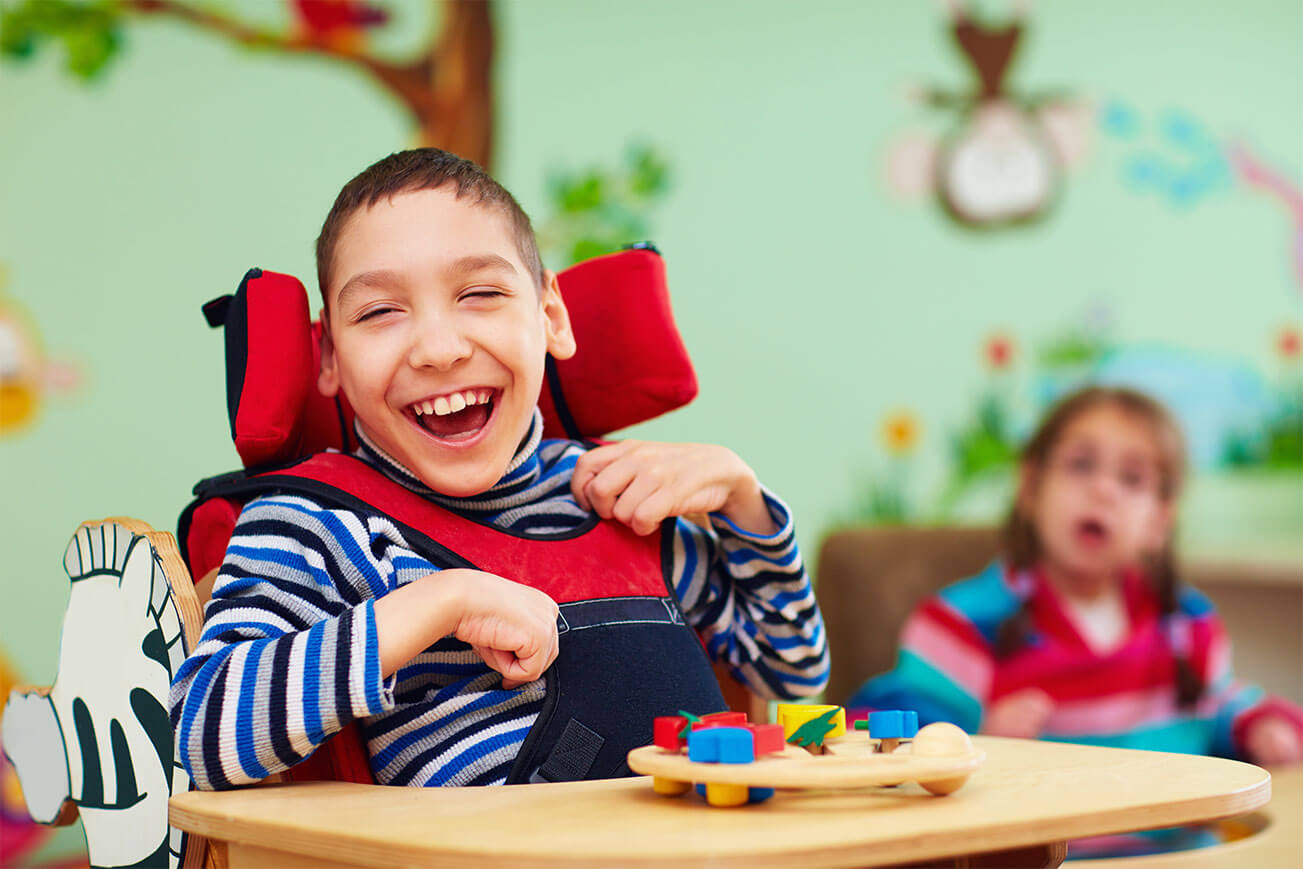Cerebral palsy is a neurological condition that affects a person’s movement, muscle tone, and motor skills. It is caused by damage to the developing brain, usually before or during birth. Individuals with cerebral palsy face unique challenges when it comes to accessing education and navigating the educational system. In this article, we will explore the importance of education for individuals with cerebral palsy, the obstacles they may encounter, and strategies to overcome them.
Understanding Cerebral Palsy:
Cerebral palsy is a complex condition that manifests differently in each individual. It can affect muscle control, coordination, posture, and balance. These physical impairments can pose challenges for children with cerebral palsy when it comes to participating in educational activities. However, with the right support and accommodations, they can thrive in an inclusive educational environment.
Importance of Education:
Education plays a vital role in the lives of individuals with cerebral palsy. It provides them with knowledge, skills, and opportunities to reach their full potential. Through education, individuals with cerebral palsy can develop independence, improve social interaction, and gain the necessary skills to lead fulfilling lives. Accessible and inclusive education is essential in ensuring that they receive equal opportunities for learning and personal growth.
Navigating the Educational System:
- Individualized Education Program (IEP):
An IEP is a legally binding document that outlines the educational goals, services, and accommodations tailored to meet the unique needs of students with disabilities, including cerebral palsy. It is developed collaboratively between parents, educators, and other professionals. The IEP ensures that the educational program is tailored to the student’s specific needs, allowing them to access the curriculum effectively.
- Assistive Technology:
Assistive technology can greatly enhance the educational experience for individuals with cerebral palsy. It includes devices, software, and tools that assist in communication, mobility, and learning. For example, speech-to-text software can help students with limited motor skills to express themselves in written form. Augmentative and alternative communication devices enable non-verbal students to communicate effectively.
- Inclusive Classrooms:
Inclusive classrooms promote diversity and provide a supportive learning environment for all students, including those with cerebral palsy. Inclusion involves adapting teaching methods, modifying curriculum, and fostering a sense of belonging for every student. Educators can provide additional support, such as personalized instruction and peer assistance, to ensure that students with cerebral palsy can actively participate and succeed in the classroom.
- Collaboration between Educators and Healthcare Professionals:
Collaboration between educators and healthcare professionals is crucial in supporting students with cerebral palsy. By sharing knowledge and expertise, they can develop strategies and interventions that address the unique needs of these students. Regular communication, joint goal-setting, and information sharing can lead to more effective support and improved educational outcomes.
In conclusion, education is a fundamental right for individuals with cerebral palsy. By navigating the educational system effectively, they can access the support and resources they need to succeed academically and personally. With individualized education programs, assistive technology, inclusive classrooms, and collaborative efforts between educators and healthcare professionals, individuals with cerebral palsy can overcome obstacles and achieve their full potential. It is essential to advocate for inclusive education and ensure that all students, regardless of ability, have equal opportunities to thrive in the educational system.

